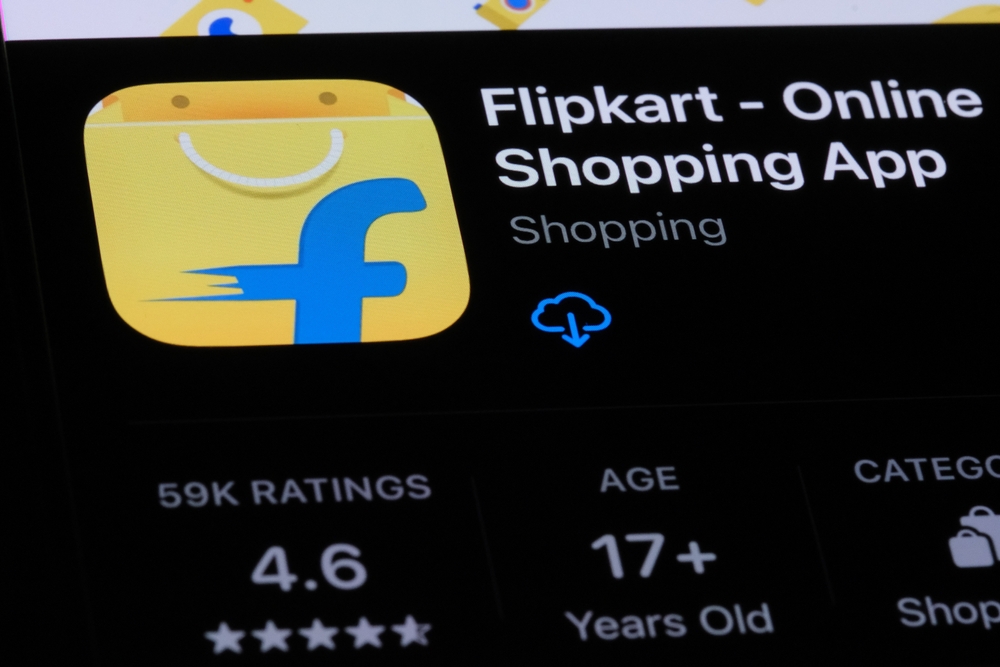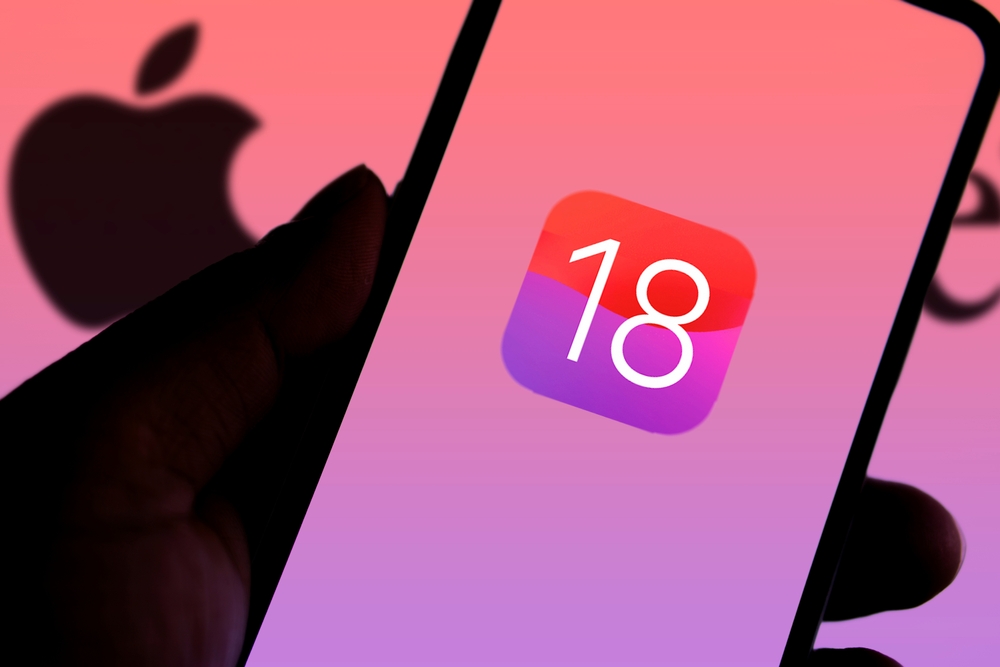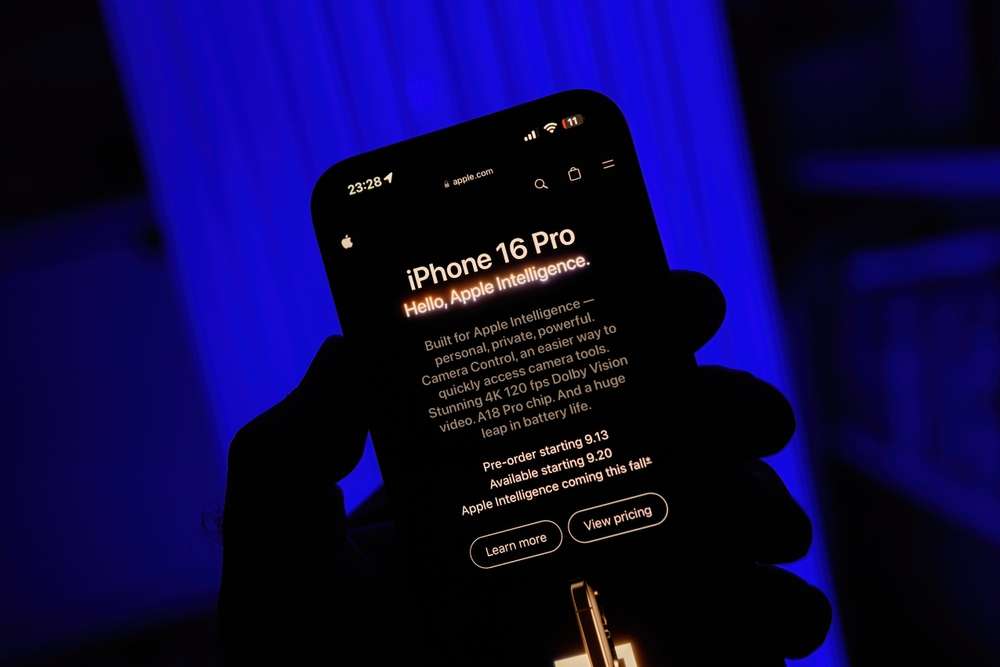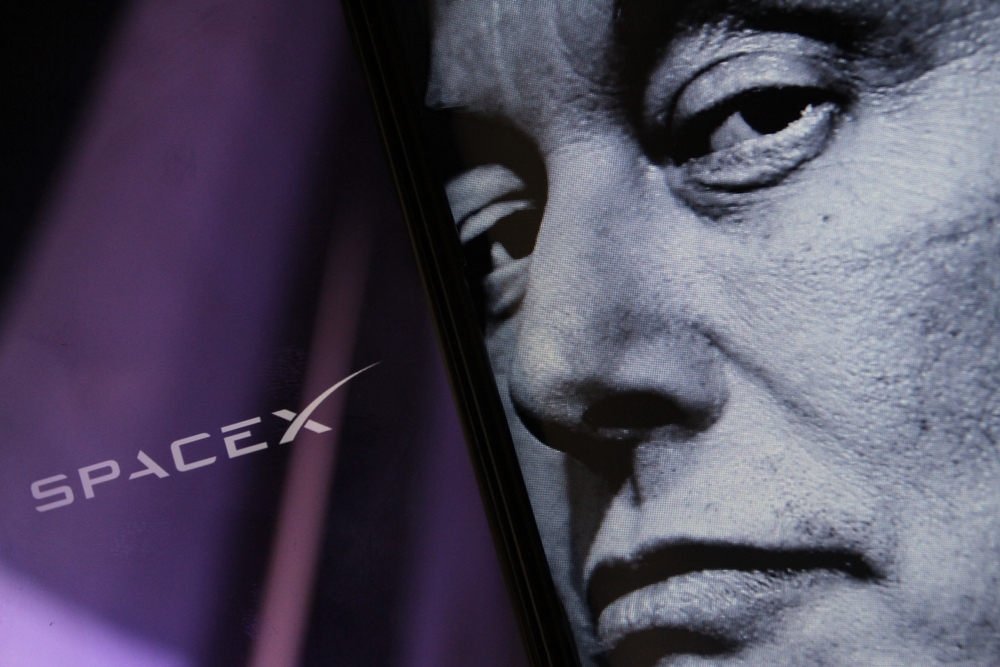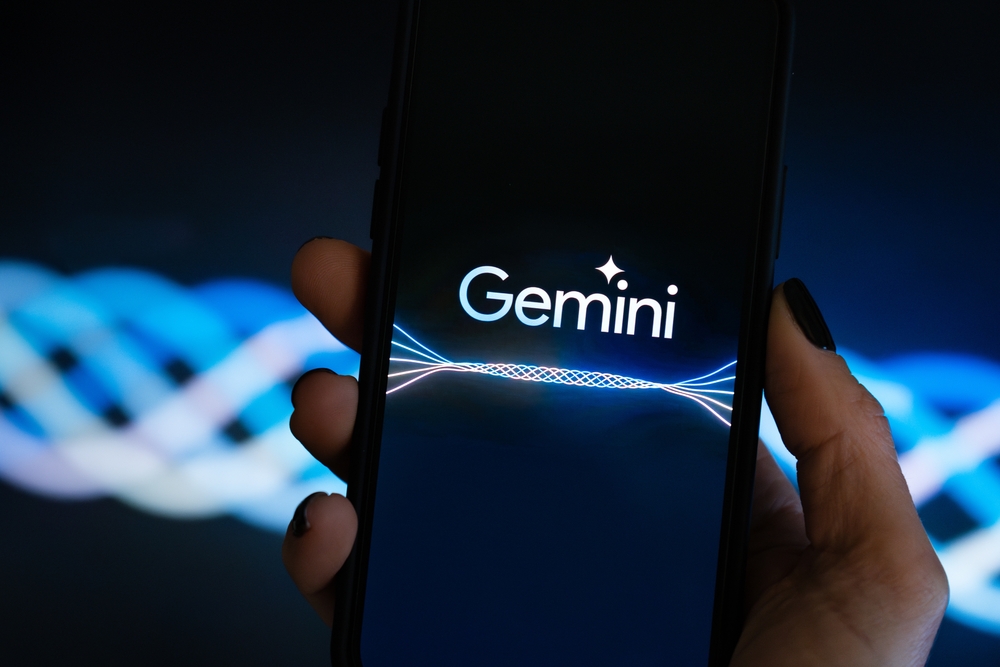From Competition to Collusion: The Dark Side of India’s Smartphone Launch Strategy Uncovered!
The Competition Commission of India (CCI) has leveled serious accusations against major smartphone manufacturers Samsung and Xiaomi. The CCI reports allege that these companies have colluded with leading e-commerce platforms, Amazon and Flipkart, to conduct exclusive product launches, violating local antitrust laws. This revelation could drastically reshape the competitive dynamics of the smartphone market in India.
The CCI’s findings highlight a troubling trend in which select smartphone makers have entered into agreements with e-commerce giants to prioritize their products. According to a comprehensive 1,027-page report concerning Amazon, the CCI outlines how companies like Samsung, Xiaomi, Motorola, and Realme engaged in exclusive launch practices that undermine fair competition. Similarly, a separate 1,696-page report regarding Flipkart confirms that these companies also followed suit in their dealings with the platform.
The ramifications of these findings could be far-reaching, particularly as India’s e-retail market is projected to soar to over $160 billion by 2028. The collusion allegations come amid ongoing tensions between online retailers and small brick-and-mortar shops, which have long complained that such exclusive arrangements hinder their ability to compete effectively. “Exclusivity in business is anathema,” asserted G.V. Siva Prasad, CCI’s additional director general, emphasizing the detrimental impact on consumers and small retailers alike.
Market data reveals that Samsung and Xiaomi together command nearly 36% of the Indian smartphone market, making their potential culpability even more alarming. The investigation, which was initially prompted by complaints from the Confederation of All India Traders, may lead to fines and mandated changes in business practices for the accused companies.
While Xiaomi has refrained from commenting, other implicated firms have yet to respond publicly to the allegations. As the CCI prepares to review objections to its findings, it remains to be seen how this legal battle will unfold. If the allegations are substantiated, it could lead to significant changes in how these companies operate within one of the world’s fastest-growing digital marketplaces.
For more information on this developing story, visit the original source here.
Messages Via Satellite and More: iOS 18 Sets the Stage for a New iPhone Experience.
iOS 18 has officially launched, bringing a host of new features designed to enhance personalization, streamline user experiences, and integrate cutting-edge AI technology into iPhones worldwide. Available today, this update introduces significant changes to the Home Screen, Control Center, Photos app, and more.
Revolutionary Customization Options
One of the standout features of iOS 18 is its expanded customization capabilities. Users can now arrange app icons and widgets in new ways, including adjusting their size and appearance to better fit personal preferences. The redesigned Control Center offers more flexible organization, allowing users to arrange groups of controls, such as media playback and connectivity, for quick access. Additionally, users can customize or even remove controls on the Lock Screen for the first time.
The Largest Photos Overhaul Ever
The Photos app has received its most significant redesign yet. The update features a simplified layout that consolidates the library into a unified view, while new collections like Recent Days, People & Pets, and Trips help users easily organize and find their favorite memories. Customizable layouts and pinned collections further enhance the user experience, making it simpler to revisit cherished moments.
Enhanced Communication and Intelligence
iOS 18 brings powerful updates to Messages and Mail, including advanced formatting options and the ability to compose messages offline via satellite when conventional connections aren’t available. Mail introduces intelligent categorization, sorting messages into Primary, Transactions, Updates, and Promotions for better organization.
A major highlight is the introduction of Apple Intelligence, launching next month. This feature leverages generative models and personal context to deliver highly relevant and secure assistance, such as advanced writing tools and improved photo search capabilities. Siri has also been revamped with a new design and improved contextual understanding, offering a more natural interaction experience.
Additional Features and Updates
The update includes new functionalities across various apps, such as a revamped Safari browser with enhanced reader modes and distraction control, a new Passwords app for managing credentials securely, and upgraded accessibility features including Eye Tracking and Music Haptics. The Health app and Fitness app also receive updates to improve user engagement and personalization.
For a comprehensive overview of all the new features and enhancements in iOS 18, visit Apple’s official announcement.
Is iPhone 16 Worth the Upgrade? Comparing Features and Benefits
Apple has officially launched its latest smartphones, the iPhone 16 and iPhone 16 Plus, marking a significant upgrade in the company’s flagship lineup. Unveiled in September 2024, these new models introduce a host of features aimed at enhancing user experience while maintaining competitive pricing.
Next-Gen Features at a Competitive Price
Starting at $799, the iPhone 16 offers a balanced blend of advanced technology and affordability. Both the iPhone 16 and iPhone 16 Plus come equipped with Apple’s cutting-edge A18 chip, which boasts a 30% increase in CPU performance and 40% better GPU efficiency compared to its predecessor. The enhanced processing power supports the new Apple Intelligence features in iOS 18, including improved Siri, Genmoji, and more.
Design and Display Innovations
The design of the iPhone 16 models closely resembles the previous generation, featuring an aluminum frame and a matte glass back. Notable updates include a vertical rear camera layout and a new Camera Control button, designed for enhanced photography and video recording. The Super Retina XDR OLED displays offer vibrant colors and sharp details, with a peak brightness of 2,000 nits outdoors.
Enhanced Photography and Battery Life
The iPhone 16 and 16 Plus introduce a 48-megapixel Fusion Camera with 2x optical zoom and a new 12-megapixel Ultra Wide camera with autofocus. These upgrades are complemented by improved low-light performance and spatial photography capabilities. Battery life has also seen improvements, with the iPhone 16 Plus offering up to 27 hours of video playback.
Charging and Connectivity
Apple has upgraded to faster 25W MagSafe charging, enabling the iPhone 16 to reach 50% charge in just 30 minutes. The models support 5G connectivity, Wi-Fi 7, and Bluetooth 5.3, ensuring robust performance and future-proofing.
Availability
Pre-orders for the iPhone 16 and iPhone 16 Plus began on September 13, with the official launch set for September 20. The new devices will be available in five colors: Navy Blue, Teal, Pink, White, and Black. For more details on the iPhone 16 lineup, click here.
SpaceX’s New Era: Polaris Dawn Astronauts Soar into Spacewalk History
On Thursday, September 12, 2024, SpaceX’s Polaris Dawn mission achieved a groundbreaking feat in space exploration by conducting the world’s first commercial spacewalk. The mission, led by billionaire and private astronaut Jared Isaacman, marks a major step forward in the growing role of private companies in space missions.
“A Perfect World from Space”
Jared Isaacman, standing partially outside SpaceX’s Dragon spacecraft, described the moment as surreal: “SpaceX, back at home we have a lot of work to do, but from here it looks like a perfect world.” This powerful reflection came as Isaacman became the first private astronaut to exit a spacecraft for a spacewalk.
Launched on September 10 from NASA’s historic Launch Complex-39A, the same site that sent Apollo 11 to the moon, the crew of four included Isaacman, pilot Scott “Kidd” Poteet, and SpaceX employees Sarah Gillis and Anna Menon. Within 15 hours, the crew set an altitude record of 870 miles (1,400 kilometers), surpassing the previous record held by NASA’s Gemini 11 mission.
A Bold Step into the Void
After reaching this historic altitude, Isaacman and mission specialist Sarah Gillis exited the Dragon spacecraft for a spacewalk. Isaacman made his way out first at 6:48 a.m. EDT, followed by Gillis at 7:04 a.m. EDT. This marked the first time a privately funded crew performed an extravehicular activity (EVA), adding another milestone to the mission’s achievements.
The EVA lasted for one hour and 46 minutes as the astronauts conducted mobility checks on their specialized SpaceX-designed spacesuits, which are both lightweight and protective. The spacesuits are expected to be used for future missions, potentially even for Mars exploration.
Advancing Space Science
Beyond the spacewalk, Polaris Dawn’s mission objectives also include 36 science experiments, many focusing on the effects of space travel on human health. These include tests on biometric wearables, motion sickness mitigation, and how space radiation affects the body. NASA’s associate chief scientist Jancy McPhee commented, “Information gathered from Polaris Dawn will give us critical insights to help NASA plan for deeper space travel to the moon and Mars.”
For more information, visit the official source.
Google TV Expands Free Streaming To 150 Channels Right On Your Home Screen
Google TV is taking a significant leap in its free streaming offerings, now boasting a total of 150 free channels accessible directly from the homescreen. This expansion enhances the platform’s appeal, providing users with an extensive library of ad-supported content without the hassle of account creation or app downloads.
Growing the Library of Free Content
The journey to this milestone began in early 2023, when Google first integrated free channels into Google TV, allowing users to stream endless hours of content from devices such as Chromecast and televisions from brands like TCL and Hisense. Initially launching with approximately 80 channels, Google has steadily increased this number throughout the year. By June 2024, the count had climbed to 132, and by August, it reached 136.
Recently, Google TV made a quiet but impactful update, adding 14 new channels to its lineup, which now includes popular options such as Billiard TV, Buzzr, The Rifleman, and Ghost Hunters Channel. The complete list of newly added channels reflects a diverse range of interests, catering to various viewer preferences. Notable additions include Nature & Wildlife TV, Highway to Heaven, and Ebony TV by Lionsgate.
Free Content Available in the U.S. Only
Currently, these free channels remain exclusive to users in the United States, which has raised questions about potential international expansion in the future. Google TV also partners with platforms like Plex, Haystack News, and PlutoTV to enhance its free content offerings further. This partnership approach not only enriches the user experience but also positions Google TV as a competitive player in the streaming landscape.
Rebranding and New Hardware on the Horizon
Looking ahead, Google plans to rebrand its free channels as “Freeplay,” which aligns with the company’s strategy to create a more cohesive viewing experience. This update comes just in time for the impending launch of the Google TV Streamer, set to ship to U.S. customers later this month. This device is anticipated to further streamline access to Google TV’s vast array of content.
As Google continues to innovate and expand its free streaming services, it remains committed to making entertainment accessible for all users. With 150 channels now available, viewers have a wealth of choices right at their fingertips.
For more details, read the full article here.
The Great Chip Spending Race: China Invests $25 Billion in Equipment, Far Outstripping Global Competitors
China has surged to the forefront of semiconductor manufacturing, outspending South Korea, Taiwan, and the United States combined on chip-making equipment. With an astounding $25 billion invested in just the first half of 2024, China’s spending underscores its relentless push to dominate the global semiconductor market and mitigate risks associated with potential Western trade restrictions.
A Strategic Move for Semiconductor Dominance
China’s investment spree is not merely a number—it’s a strategic maneuver aimed at cementing its position as the world’s largest spender on chip production technology. The country’s semiconductor giants, including Semiconductor Manufacturing International Corp. (SMIC) and Hua Hong, are driving this unprecedented expenditure. But it’s not just the big players; smaller and mid-sized chipmakers are also contributing significantly, reflecting a broad-based effort to expand domestic production capabilities.
In a year where global chip fabrication equipment spending is expected to hit $50 billion, China’s commitment is a clear indication of its confidence in future market demand and the overall health of the semiconductor sector. As over a dozen new Chinese fabs are set to come online in the next two years, this surge in spending is critical for securing a steady supply of chips vital to various industries.
Global Impact and Industry Shifts
China’s robust investment is reshaping the semiconductor landscape, especially for chip fab tool manufacturers. Companies like Applied Materials, Lam Research, and ASML are reporting increased revenue contributions from Chinese clients, with ASML seeing nearly half of its revenue coming from China. This boom in Chinese spending has elevated the chip industry’s capital intensity above 15% annually since 2021, marking a significant shift in the industry’s dynamics.
In contrast, Taiwan, South Korea, and North America have scaled back their investments in wafer fab equipment amid a global economic slowdown. Despite these challenges, China remains the only major market to ramp up spending, signaling its unwavering commitment to expanding its semiconductor capabilities.
Looking Ahead
As the semiconductor industry navigates through fluctuating market conditions, China’s aggressive investment strategy is setting a high bar. While spending on new semiconductor capacity in China is expected to stabilize over the next two years, global investment in chip-making equipment is projected to rise, with Southeast Asia, the Americas, Europe, and Japan all gearing up to enhance their chip production capacities.
For further details on this major shift in the semiconductor industry, visit Tom’s Hardware.
Is Apple’s ‘It’s Time to Shine’ a Prelude to AI-Powered iPhones for Everyone?
Google is set to revolutionize personalized AI with its new Gems feature, allowing Gemini subscribers to create bespoke chatbots tailored to their needs. Starting this fall, users can craft chatbots — or “Gems” — to serve as gym buddies, cooking assistants, copy editors, and more. These Gems can be customized with unique personalities and functions based on user instructions.
Revealed initially at Google I/O in May, Gems promise a broad range of applications, from planning drought-resistant gardens to acting as a friendly training coach. For those not keen on designing their own, Google offers a selection of pre-made Gems, including a career guide and a coding partner.
Available for Gemini Advanced, Business, and Enterprise users across over 150 countries, Gems will support both mobile and desktop platforms. This move positions Google to compete directly with OpenAI, which has recently emphasized user-created chatbots and a GPT store.
Learn more about Gems on The Verge.
Telegram’s Durov Arrested in France, Messaging Giant Says CEO Has ‘Nothing to Hide’
Telegram has responded strongly to the arrest of its CEO, Pavel Durov, claiming that the tech mogul “has nothing to hide.” Durov, the founder of the popular messaging platform, was detained at Le Bourget Airport near Paris under a warrant for alleged offenses related to insufficient content moderation on Telegram. The accusations involve Durov’s failure to take adequate steps to prevent the criminal use of the platform, including illegal activities such as drug trafficking, child exploitation, and fraud.
The arrest has sparked controversy over the responsibilities of tech CEOs in moderating content on their platforms. Officials have accused Telegram of not cooperating with law enforcement in addressing criminal content shared on the app. This comes at a time when concerns over online safety and accountability are at an all-time high across Europe.
In a public statement, Telegram defended its practices, asserting that its moderation system “is within industry standards and constantly improving.” The company expressed disbelief over the charges, calling it “absurd” to hold either the platform or its owner responsible for the illegal activities of certain users. Telegram further reiterated its compliance with European Union laws, including the recently enacted Digital Services Act, which aims to create a safer online environment by holding platforms accountable for the content they host.
Durov, 39, was born in Russia but now lives in Dubai, holding citizenships in both the United Arab Emirates and France. Telegram, while based in Dubai, remains highly popular in Russia, Ukraine, and several former Soviet republics. The app was banned in Russia in 2018 after Durov refused to hand over encrypted user data, but the ban was lifted in 2021.
Judicial sources report that Durov’s detention has been extended and could last for up to 96 hours, prompting both public outcry and diplomatic intervention. The Russian Embassy in France has demanded clarification on the arrest and is seeking to provide Durov with consular access, despite the lack of formal requests from his representatives. The Russian Foreign Ministry has criticized French authorities for what it sees as insufficient cooperation in resolving the matter.
In a further twist, Russian officials have condemned Durov’s arrest, calling it an example of double standards in the West’s approach to free speech. This incident has even drawn commentary from prominent figures like American whistleblower Edward Snowden, who called Durov’s detention “an assault on the basic human rights of speech and association.” Elon Musk also weighed in, tweeting multiple posts supporting Durov, including the hashtag #freepavel.
Despite these high-profile reactions, Telegram continues to face criticism over its weak moderation policies. Cybersecurity experts point out that while the platform has removed some groups associated with illegal activities, its moderation is still considerably looser than other social media giants like Facebook, Instagram, and WhatsApp. Telegram’s allowance of groups with up to 200,000 members has made it a haven for misinformation, extremist content, and conspiracies.
In the UK, the app has come under scrutiny for allegedly hosting far-right channels involved in recent violent disturbances. While Telegram did remove some groups following the disorder, critics argue that the platform’s lax moderation allows harmful content to flourish unchecked.
For more details, you can read the full report on BBC.
Robo-Dog Revolution: AI-Powered Canine Outperforms Humans in Fire Ant Battle
The CyberDog, equipped with a sophisticated AI model, has demonstrated a remarkable ability to locate RIFA nests with impressive accuracy. Field tests show that this robotic system identifies three times more nests than human inspectors, providing a substantial improvement in pest management. Eduardo Fox, a postdoctoral researcher at the State University of Goiás, highlighted the advantages of this technology: “Fire ant nests are challenging to find and confirm. A robot can automate this process, operating efficiently in various conditions without needing specialized training.”
Combating a Global Menace
RIFA, introduced to the U.S. in the 1930s, has spread across the globe, wreaking havoc on ecosystems and agriculture. These ants not only displace native species but also damage crops and contribute to significant economic losses. Traditional pest control methods, which often involve harmful pesticides, pose risks to local ecosystems. The new CyberDog system offers a targeted approach that aims to minimize collateral damage to native species.
How It Works
The CyberDog uses machine learning trained on over 1,100 RIFA nest images, achieving a detection precision rate exceeding 90%. During field tests, the robot presses the nest with its paw, provoking the ants to emerge, which helps differentiate active mounds from abandoned ones. This method ensures accurate detection and reduces false positives.
Future Prospects and Challenges
Despite its success, the technology faces challenges, including limited battery life and high costs. Zheng Yan from Lanzhou University noted that while the current system is expensive, future advancements could lower production costs and enhance efficiency. The researchers are optimistic that the CyberDog will not only improve pest control but also raise public awareness about the dangers of invasive fire ants.
For more details, check out the full article on Techxplore.
AR Revolution: Meta and Snap Set to Reveal New Smart Glasses
Two of the biggest players in augmented reality, Meta and Snap, are poised to unveil their latest AR glasses next month. Snap CEO Evan Spiegel is expected to reveal the fifth-generation Spectacles on September 17th at the annual Partner Summit in Los Angeles. Spectacles 5 will continue Snap’s focus on integrating AR technology, building on the major upgrades introduced with the fourth generation, which added integrated screens for the first time.
Hot on Snap’s heels, Meta is preparing to debut its first AR glasses at the Connect conference in Menlo Park on September 25th. Codenamed Orion, Meta’s AR glasses promise to be a significant leap forward, with Meta CTO Andrew Bosworth hinting earlier this year that Orion could be “the most advanced piece of technology on the planet” in its domain. While details remain scarce, excitement is building around the launch.
Despite the hype, both companies are expected to limit initial production, with Snap planning fewer than 10,000 units and Meta likely to follow suit. Commercial viability remains distant, but these launches signal growing interest and innovation in the AR space.
Read the full article here.
